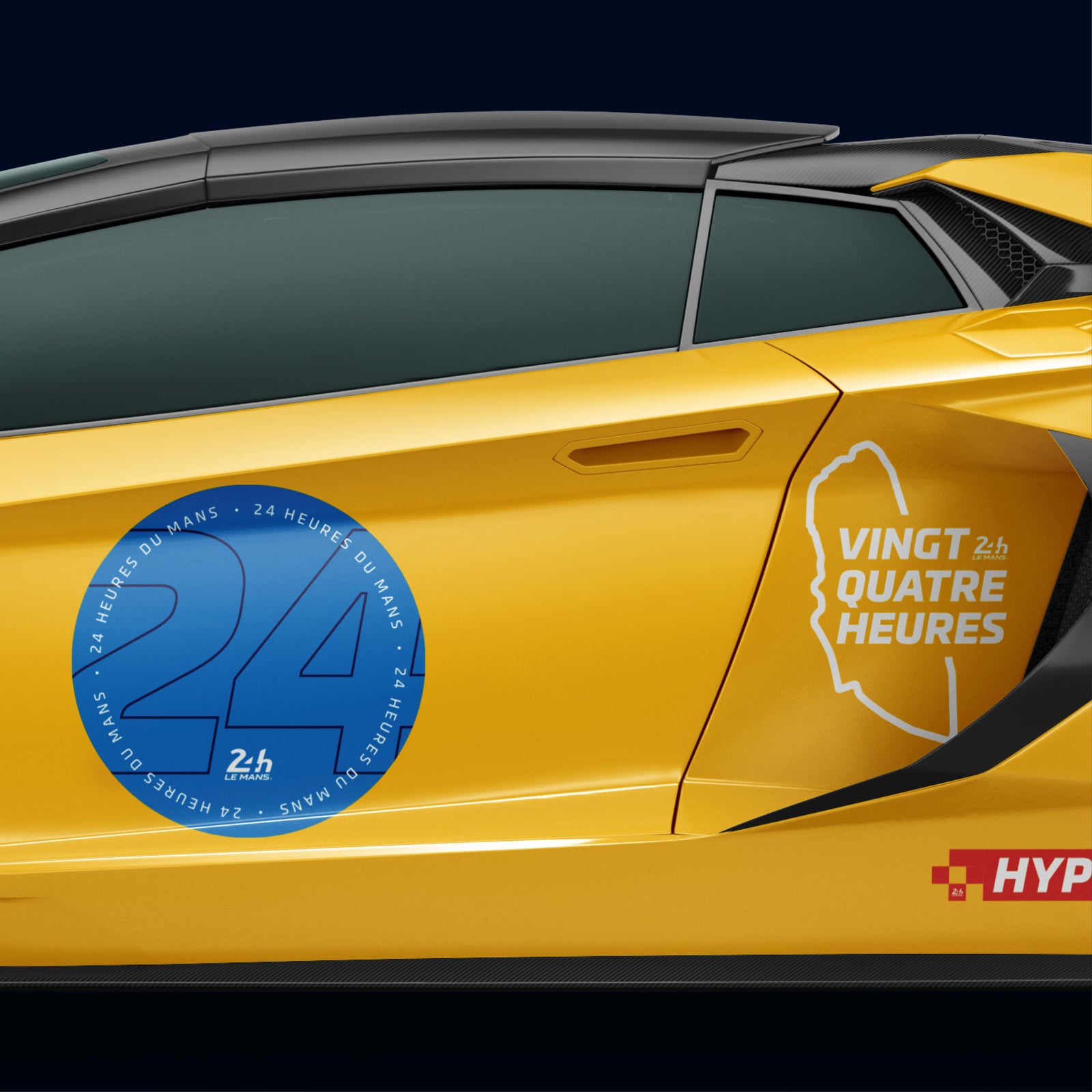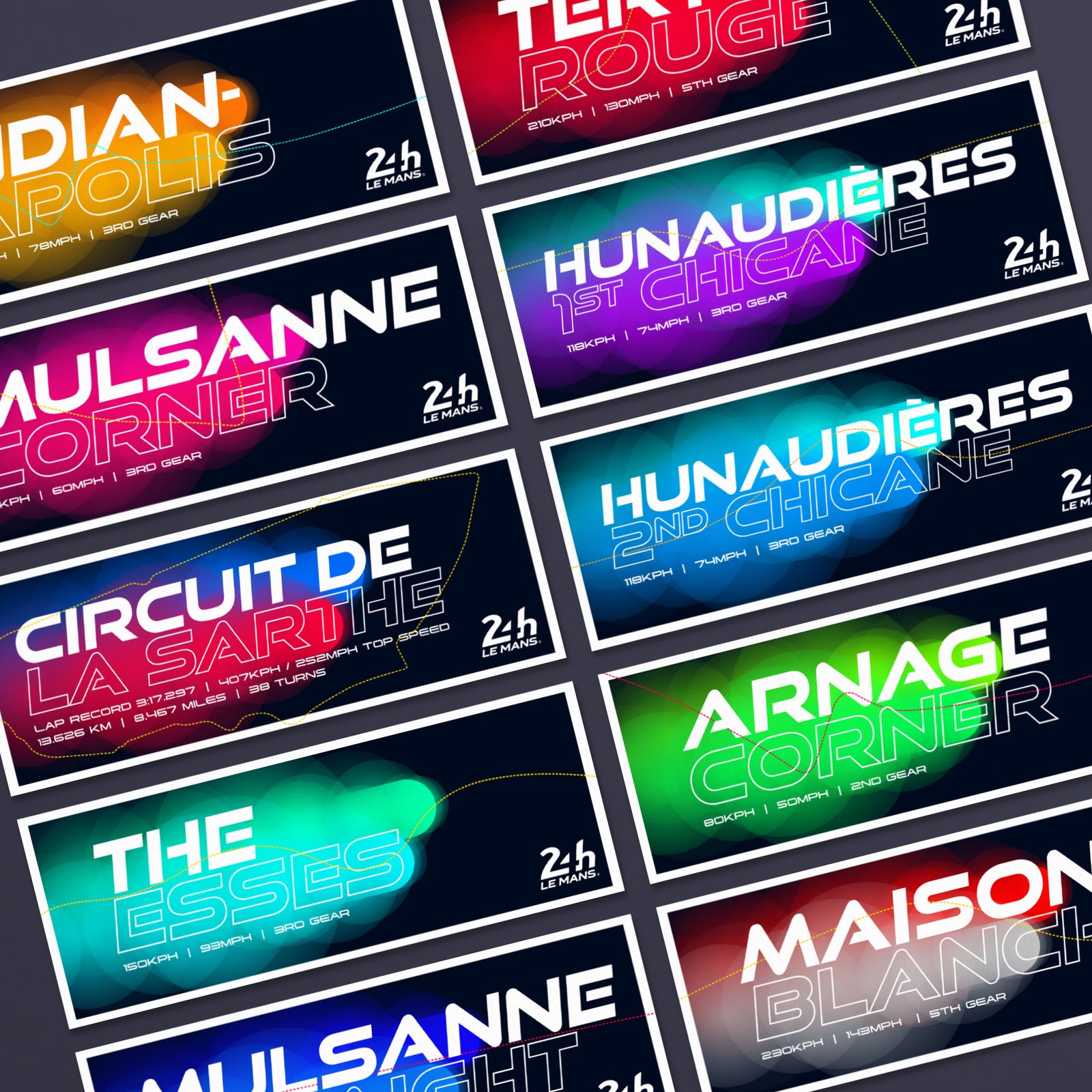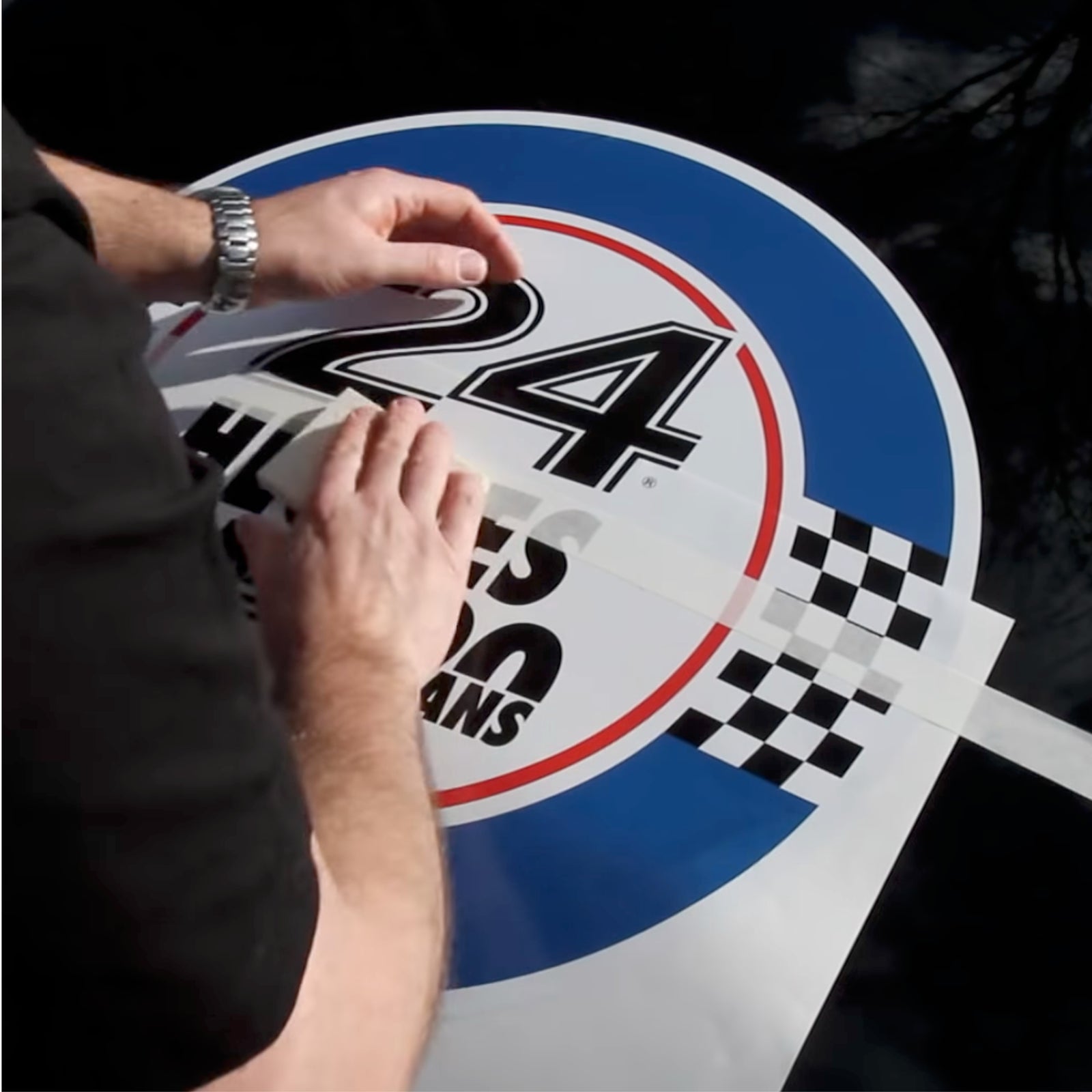Most people know that the world's greatest race was first run at Le Mans in 1923, organised by the Automobile Club de L'Ouest to test and show the development of the motorcar, and except for the intervention of wartime, this historic race continues to dominate the thoughts of the sportscar racing enthusiast, but, do they know where the teams come from and how they gain entry into the ‘main event’? For any newcomer to the sport it can be rather daunting so we’ll try to make a little sense of it all… but first, a quick overview of the various championships around the world…
The World Endurance Championship - WEC
Categories - LMP1, LMP2, GTE Pro, GTE Am
Currently there is massive global interest and involvement in sportscar racing around the world but there is only one truly global championship, the World Endurance Championship. With a series of 6 hour races at circuits around the globe and, at its pinnacle, the "Vingt Quatre Heures du Mans". The series features multiple classes of cars competing together, with sports prototypes competing in the Le Mans Prototype categories, and production-based grand tourers competing in the LM GTE categories.
The following information is taken from http://www.fiawec.com/presentation/classes.html - Please see this for more detailed information on class specification (engine sizes/capacities/dimensions etc)
LMP1 - LE MANS" PROTOTYPE 1 category includes:- "LE MANS" PROTOTYPE 1 Hybrid: with Energy Recovery System (ERS).
- "LE MANS" PROTOTYPE 1 : with no Energy Recovery System (ERS) reserved only for privateers.
The LMP1 Private Teams category is reserved exclusively for independent private teams. A team that is independent of a manufacturer means a team that does not benefit from any support from a manufacturer other than for the single supply of engines, services relating to these engines or commercial support. Any support from a manufacturer relating to the chassis or to chassis systems is prohibited. It is understood that traction control is considered as a chassis system.
LMP2 - "LE MANS" PROTOTYPE 2 (specifications due to change in 2017)
("LM" P2) is a racing car with no production minimum required.
It is an open or closed car, destined only to teams independent of manufacturers and/or engine suppliers.
The selling price of the complete new open cockpit car, without the engine, as described in Article 5.6.1 but with all available options must not exceed €388.500. For closed cars, the selling price must not exceed €463.500.
GTE Pro & GTE Am
The "Le Mans" Grand Touring Endurance car ("LM" GTE) is a car having an aptitude for sport with 2 doors, 2 or 2+2 seats, opened or closed, which can be used perfectly legally on the open road and available for sale thanks to the dealer network of a manufacturer recognised by the Endurance Committee.
- A group destined more especially to professional (LMGTE-PRO).
- A group destined more specially to amateurs drivers (LMGTE-AM). In this group only cars at least-one year old or fully in compliance with the specifications of the previous year car - unless specified in these regulations - will be admitted.
IMSA Weathertech SportsCar Championship
Categories - Prototype (LMP2 & DP), Prototype Challenge, GT Le Mans & GT Daytona
Sports car racing also attracts a huge following in America albeit to a slightly different specification to that enjoyed in Europe. In 1998, the legendary sportscar entrepreneur, Don Panoz created a partnership with the Automobile Club de L'Ouest to begin a 10-hour race in the spirit of Le Mans, dubbed the Petit Le Mans. The inaugural Petit Le Mans took place as a part of the Professional SportsCar Racing series, in which Panoz was an investor.
For 1999, the series changed its name to the American Le Mans Series, and adopted the ACO's rulebook. The series ran until the start of the 2014 season when it merged with the Grand-Am series and became the United Sportscar Championship. There are still links to the ACO's rulebook but with some additional rules to cover local interests. There are four different classes in the series, featuring two sports prototype categories and two grand tourer classes.
The Daytona 24 hours is the longest event of the 12 race series, supplemented by a 12 hour event at Sebring in Florida and the 10 hour Petit Le Mans at Road Atlanta in Georgia, USA
European Le Mans Series - ELMS
Categories - LMP2, LMP3, GTE
The European Le Mans Series was launched in 2001 with a series of 5 races including the premier 1000km at Estoril and, to help kick-start the series, a couple of the races were shared with the American Le Mans Series. In 2003 the ACO took control of the series and renamed it to The Le Mans Endurance Series, before it became simply the Le Mans Series in 2006. The series was renamed once more in 2012 back to the European Le Mans Series and today consists of six 4 hour races around Europe.
Asian Le Mans Series
Categories - LMP2, LMP3, CN, GT, GT Am
Finally, the Asian Le Mans Series is an Asian sports car racing endurance series created by the Automobile Club de l'Ouest with the aim to attract teams and drivers from Asian countries such as China and Japan. It is the successor to the now defunct Japan Le Mans Challenge which folded in 2007 after its second season. The relaunched Asian Le Mans series has very similar rules to the European Le Mans Series with a total of 5 classes.
So four major championships around the world, but how do they gain entry into the great race? This is how entrants to this year’s race (2016) were chosen: -
- Automatic entry invitations are earned by teams that won their class in the previous running of the 24 Hours of Le Mans, or won championships in the European Le Mans Series or the Asian Le Mans Series. Some championship runners-up were also granted automatic invitations in certain series.
- Two participants in the United Sportscar Championship are chosen by the series to be granted automatic entries by the ACO regardless of their performance.
- All current FIA World Endurance Championship full-season entries automatically earn invitations.
As invitations are granted to teams, they are allowed to change their cars from the previous year to the next, but not allowed to change their category with only the following exceptions:-
- In the European and Asian Le Mans Series, the LMGTE class invitations are allowed to choose between the Pro and Am categories.
- European Le Mans Series' LMP3 champion is required to field an entry in LMP2
- Asian Le Mans Series LMP3 champion may choose between LMP2 or LMGTE Am
- European Le Mans Series GTE class champions are limited to the LMGTE Am category.
The remainder of the entry is based on applications from interested teams, who are judged for suitability by the sporting division of the ACO.
Makes perfect sense now, doesn't it!




